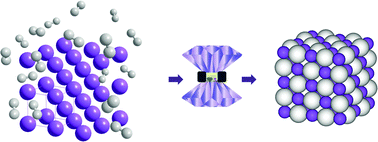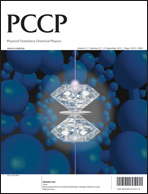New perspectives on potential hydrogen storage materials using high pressure
Abstract
In addressing the global demand for clean and renewable energy, hydrogen stands out as the most suitable candidate for many fuel applications that require practical and efficient storage of hydrogen. Supplementary to the traditional hydrogen storage methods and materials, the high-pressure technique has emerged as a novel and unique approach to developing new potential hydrogen storage materials. Static compression of materials may result in significant changes in the structures, properties and performance that are important for hydrogen storage applications, and often lead to the formation of unprecedented phases or complexes that have profound implications for hydrogen storage. In this perspective article, 22 types of representative potential hydrogen storage materials that belong to four major classes—simple hydride, complex hydride, chemical hydride and hydrogen containing materials—were reviewed. In particular, their structures, stabilities, and pressure-induced transformations, which were reported in recent experimental works together with supporting theoretical studies, were provided. The important contextual aspects pertinent to hydrogen storage associated with novel structures and transitions were discussed. Finally, the summary of the recent advances reviewed and the insight into the future research in this direction were given.


 Please wait while we load your content...
Please wait while we load your content...